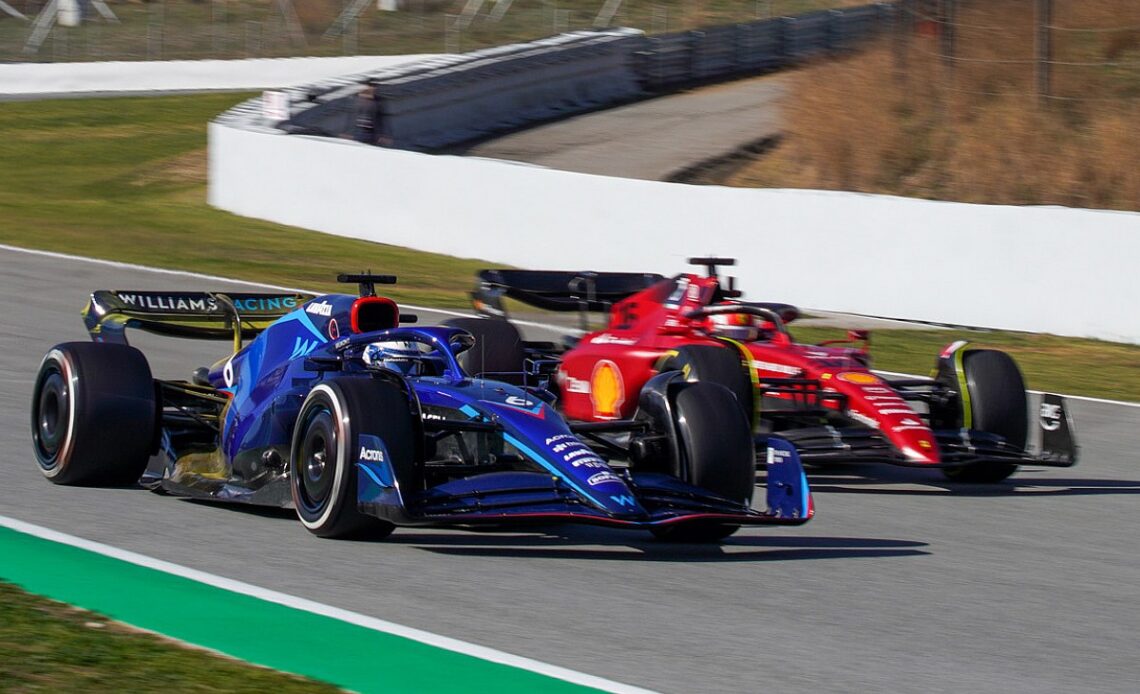For those who had not heard of it before, it is something that has not been around since F1’s last ground-effect era in the early 1980s.
But the return to a more heavy bias on the underfloor Venturi tunnels with this generation of cars has meant the phenomenon has once again reared its head.
It results in the cars bouncing up and down on the suspension at the end of the long straights, and it has been something that almost every team has suffered from to a greater or lesser extent.
The biggest factor here is that as the downforce builds, the car is effectively sucked closer to the track.
This leads to flow separation at a certain point and, with downforce then being lost, the car’s ride height will momentarily rise. The airflow will then reattach and the cycle begins again as the downforce builds quickly to the tipping point.
The cyclic nature of this can obviously be broken very easily by running the car at a slightly higher ride height.
However, that is not something that teams…
Click Here to Read the Full Original Article at Motorsport.com – All – Stories…

